Good Afternoon Blurtters,
Today I would like to share with you five photos of beautiful Hibiscus flowers. I found these beautiful hibiscus flowers were planted in the front yard of my friend's house which is located in Karang Joang Sub-district, North Balikpapan District, Balikpapan City, East Kalimantan Province, Indonesia. Photos taken using the camera of Sony Smartphone.
You Are Welcome To Take Part In MyDailyFlower Photo Challenge
No Rewards Just For Fun
The Rules:
- Photo/photos of yours 📷
- Use tag #mydailyflower
My Daily Flowers By Day:
@ Monday Frangipani / @ Adenium Obesum 🌼
@ Tuesday Allamanda
@ Wednesday Hibiscus 🌺
@ Thursday Bougainvillea
@ Friday Asoka / Ixora
@ Saturday Canna
@ Sunday Rose
Thanks For Coming By
Regards,
@bendotri
Hibiscus flowers or commonly known as hibiscus plants have large and colorful flowers. There are yellow, red, white and peach hibiscus. But the most popular is Hibiscus Sabdariffa. The red flowers of this variety are most often cultivated for medical purposes and are available as a dietary supplement as well.
Hibiscus flowers can not only beautify the garden at home, but are also useful for beauty and medicine. Hibiscus flowers and leaves can be made into tea or the liquid extract can help with weight loss, stomach pain, high blood pressure, bacterial infections and fever. And the pounded leaves of hibiscus can be applied to the skin to heal wounds.
Benefits of Hibiscus or Hibiscus Flower
Hibiscus flowers are made into tea, also called sour tea because of its sour taste. Hibiscus tea is made from a mixture of dried hibiscus, leaves, and crimson petals (the cup-shaped center of the flower).
As quoted from healthline hibiscus tea has been used by Egyptians to lower body temperature, treat heart and nerve diseases, and as a diuretic to increase urine production. While in Africa, hibiscus tea is used to treat constipation, cancer, liver disease, and cold symptoms. And in Iran, drinking hibiscus tea is a common treatment for high blood pressure.
Today, hibiscus is popular for its potential to lower high blood pressure. Modern studies show hibiscus extract can lower blood pressure and cholesterol levels. While more research is still needed, this could be good news for the future of medicine.
Another recent study found that hibiscus extract may have an effect on metabolism, preventing obesity and fat accumulation in the liver. This tropical plant has even been successfully used as an herbal extract blend to treat head lice.
When used as a tea, hibiscus is generally considered safe. But more research is needed to determine safe doses for pregnant or breastfeeding women, children, and people with liver or kidney disease.
Hibiscus tea is highly acidic. Therefore, if you're one of those who can't take acid, refrain from using it. Some research also suggests that hibiscus may affect the way the body processes acetaminophen (Tylenol), but this effect is likely to be minimal.
How to Care for and Grow Hibiscus Flowers
Growing Hibiscus Flowers in Containers
Many people grow hibiscus in containers. This makes it possible to move the hibiscus flower or hibiscus plant to an ideal location.
Hibiscus plants placed in containers should receive adequate sunlight, at least six hours every day. Make sure the hibiscus plant is also planted in a container that has good drainage.
Attention to Temperature for Growing Hibiscus Flowers
When caring for Hibiscus Flowers in pots you must remember that these plants do best at temperatures between 16 - 32 degrees Celsius. In summer, hibiscus plants can be placed outside, but once the weather starts to get cooler, bring the hibiscus indoors.
Watering Hibiscus
When the Hibiscus Flower is in the flowering stage, the plant needs a lot of water. Hibiscus needs to be watered every day in warm weather. But once the weather cools down, the hibiscus only needs less water. In cold or rainy seasons, water the hibiscus only when the soil is dry to the touch.
Fertilizing Hibiscus Flowers
Growing hibiscus plants need plenty of nutrients in order to flower well. In summer, use a high potassium fertilizer. You can use liquid fertilizer once a week, slow-release fertilizer once a month, or you can add high potassium compost to the soil.
Those are various things about hibiscus flowers or hibiscus plants. This plant is basically easy to care for with results that make the garden or house look beautiful.
Hibiscus rosa-sinensis is a bushy, evergreen shrub or small tree growing 2.5–5 m (8–16 ft) tall and 1.5–3 m (5–10 ft) wide, with glossy leaves and solitary (axillary), symmetrical, typically red flowers in summer and autumn. The five-petaled flowers are 10 cm (4 in) in diameter, with prominent orange-tipped red anthers. Cultivars and hybrids have flowers in a variety of colors as well as red: white, pink, orange, peach, yellow, blue, and purple. Some plants have double flowers.
At the bottom of every hibiscus bud is the calyx, which is green in color. The pointed ends of the calyx are called the sepals. When the hibiscus begins to bloom, the flower's petals begin to grow.
Each hibiscus flower has both male and female parts. The ovary and other female parts of the flower lie in the main structure of the hibiscus: the pistil, which is long and tubular. The five "hairy" spots at the top of the pistil make up the stigma, which is where pollen is collected. In the middle of the pistil is the style, which is the tube down which pollen travels to the ovary. The ovary lies at the bottom of the blossom, and each hibiscus has only one superior ovary. The male part of the flower, called the stamen, consists of stem-like filaments and anthers. Each filament ends with the pollen-producing anther.
The hibiscus plant has a branched taproot. The plant's stem is aerial, erect, green, cylindrical, and branched. The leaf is simple and petiolate, with alternate phyllotaxy. The leaf shape is ovate, the tip is acute, and the margin is serrated. Venation is unicostate reticulate, meaning the leaves' veins are branched or divergent. Free lateral stipules are present.
The flowers of Hibiscus rosa-sinensis are edible and are used in salads in the Pacific Islands. The flower is used as an accessory, particularly as a hairpiece. It is also used to shine shoes in certain parts of India, hence the common name "shoeblack plant." In Indonesia, these flowers are called "kembang sepatu", which literally means "shoe flower". The flower can also be used as a pH indicator; when used, the flower turns acidic solutions to a dark pink or magenta color and turns basic solutions to green. Red hibiscus flowers are also used for worship; in Hinduism, they are used for the worship of Devi, and in the Bengal area of eastern India, they are used to worship Kali. The hibiscus also has an important part in tantra. In several countries the flowers are dried to use in a beverage, usually tea.
Hibiscus rosa-sinensis is considered to have a number of medical uses in Chinese herbology. Traditional uses in China have been to make a black shoe-polish from its flower petals, or to make a woman's black hair dye. The flowers are also used in parts of China to color various intoxicating liquors. The plant may have some potential in cosmetic skin care; for example, an extract from the flowers of Hibiscus rosa-sinensis has been shown to function as an anti-solar agent by absorbing ultraviolet radiation.
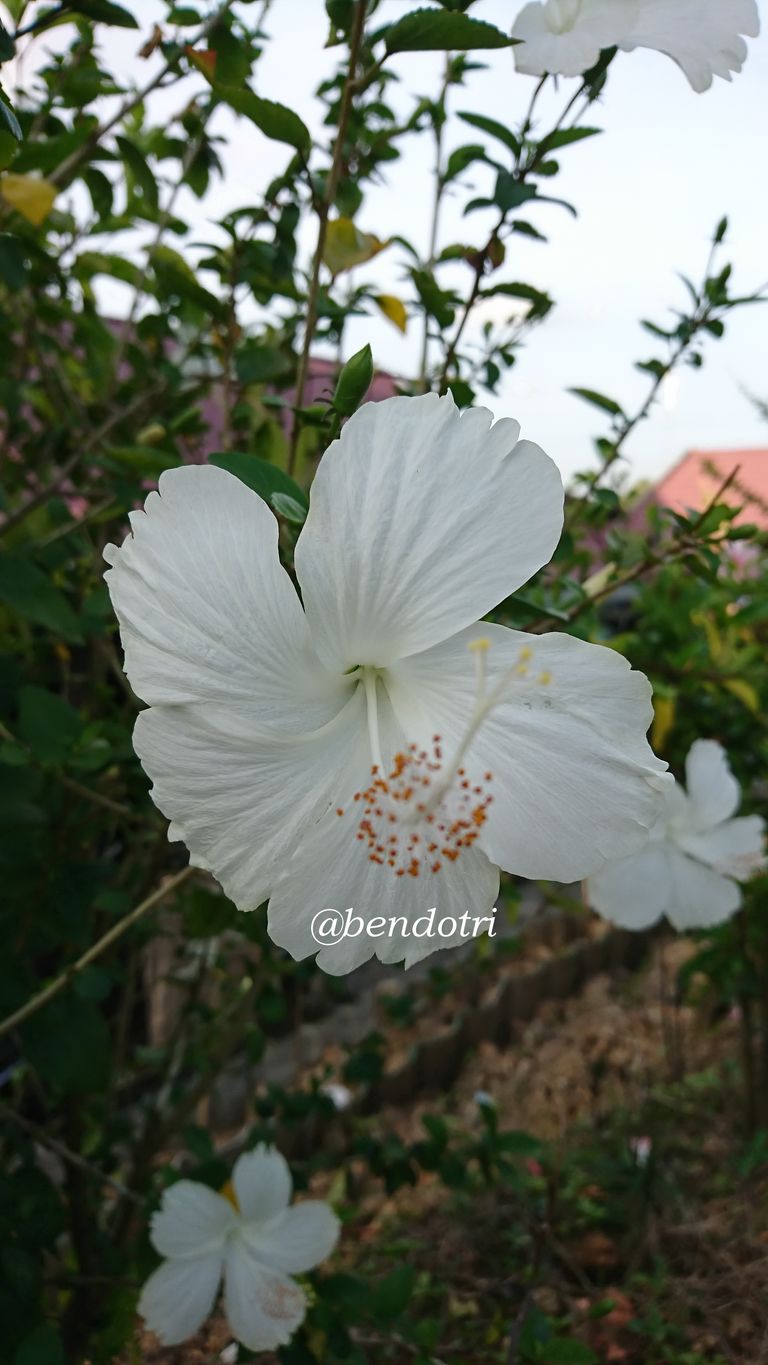
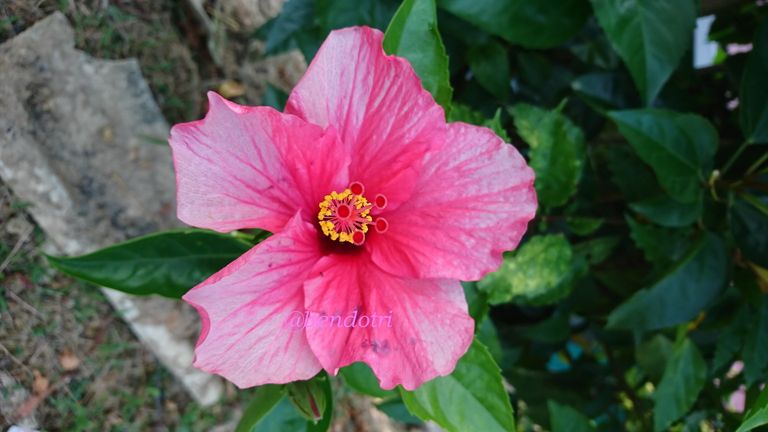
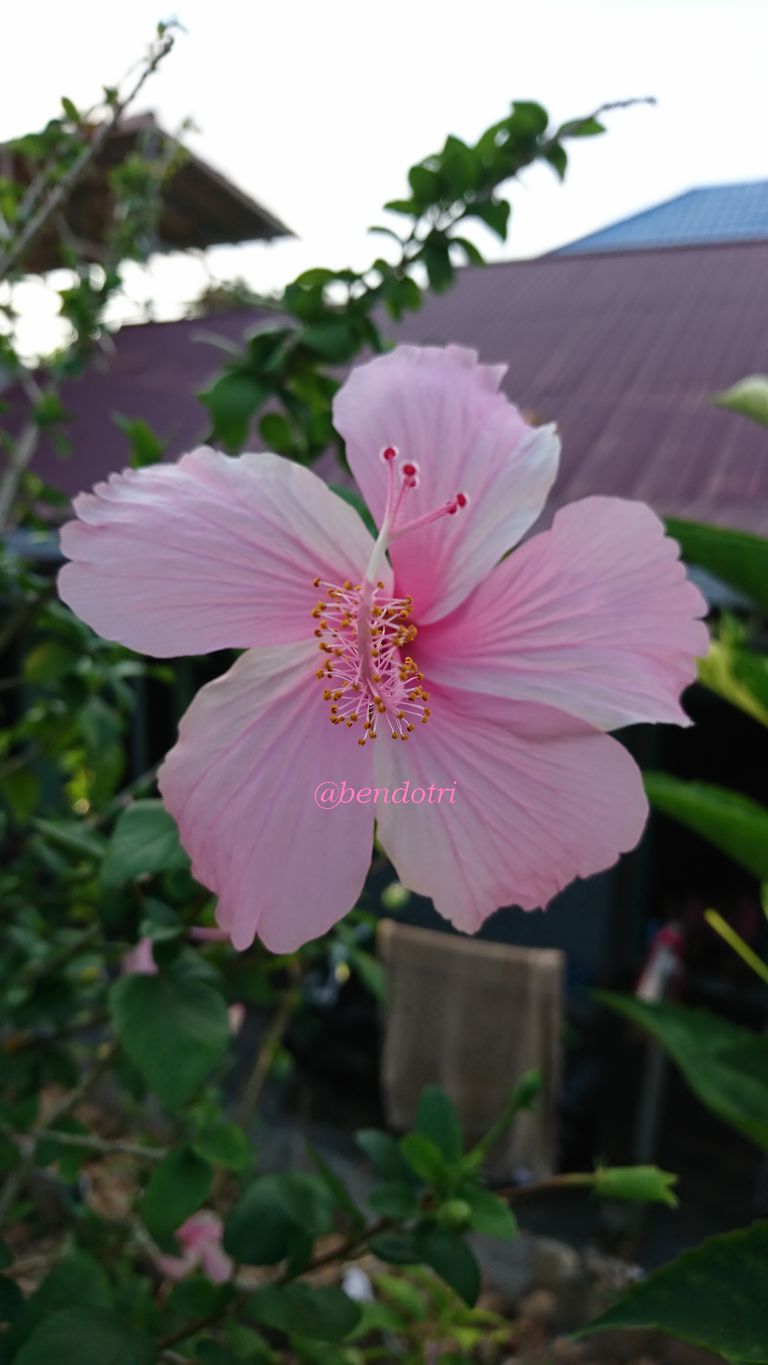
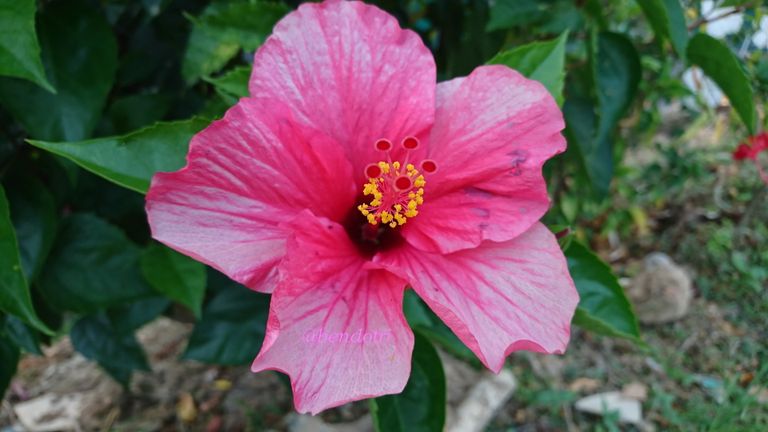
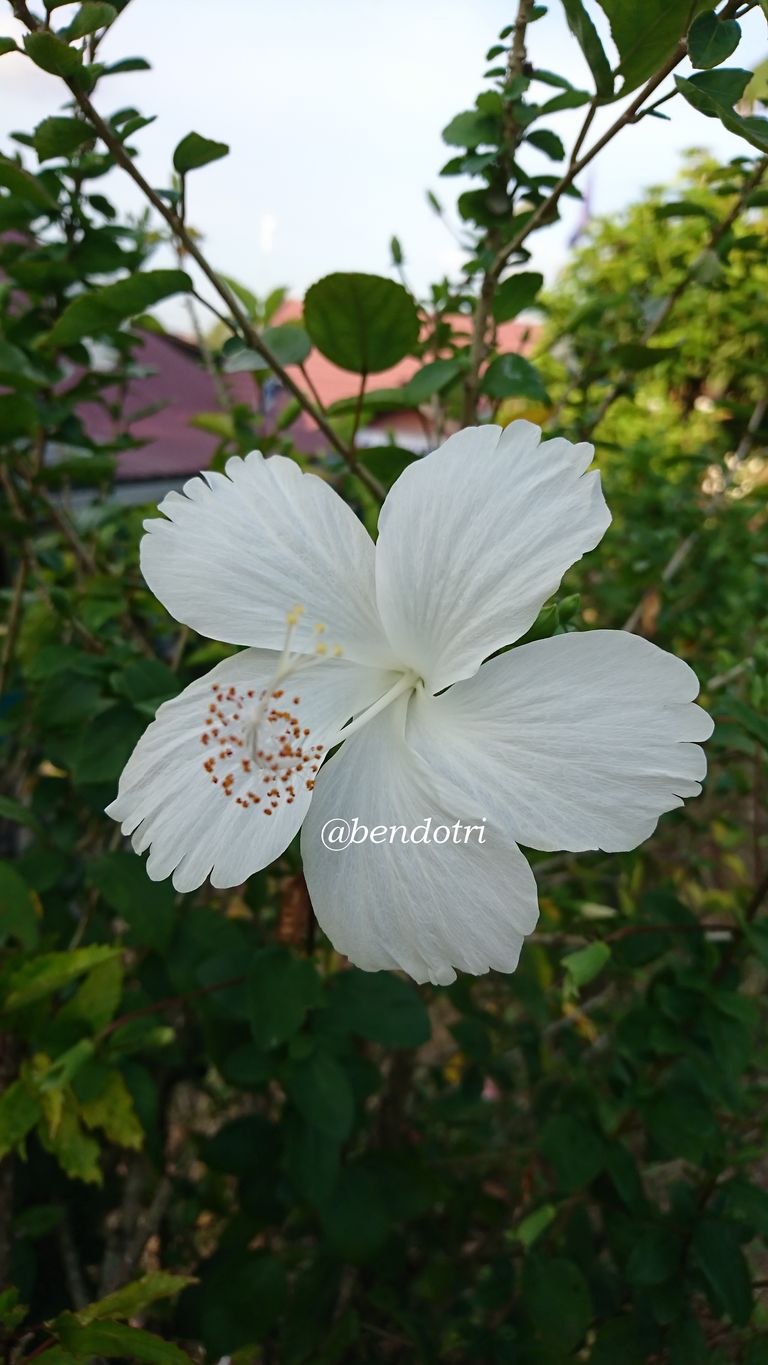
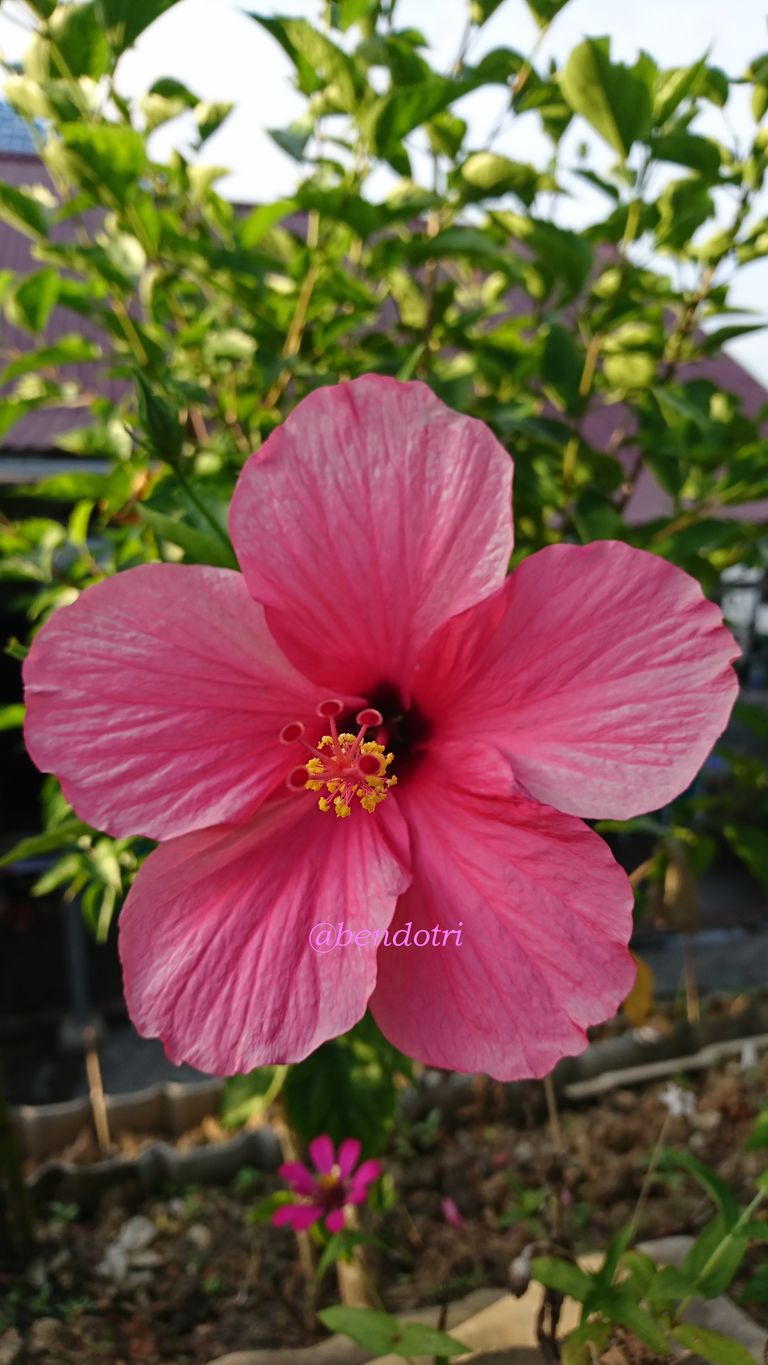
Upvoted. Thank You for sending some of your rewards to @null. Get more BLURT:
@ mariuszkarowski/how-to-get-automatic-upvote-from-my-accounts@ blurtbooster/blurt-booster-introduction-rules-and-guidelines-1699999662965@ nalexadre/blurt-nexus-creating-an-affiliate-account-1700008765859@ kryptodenno - win BLURT POWER delegationNote: This bot will not vote on AI-generated content
** Your post has been upvoted (1.15 %) **
Curation Trail is Open!
Join Trail Here
Delegate more BP for bigger Upvote + Daily BLURT 😉
Delegate BP Here
Upvote
https://blurtblock.herokuapp.com/blurt/upvote
Thank you 🙂 @tomoyan